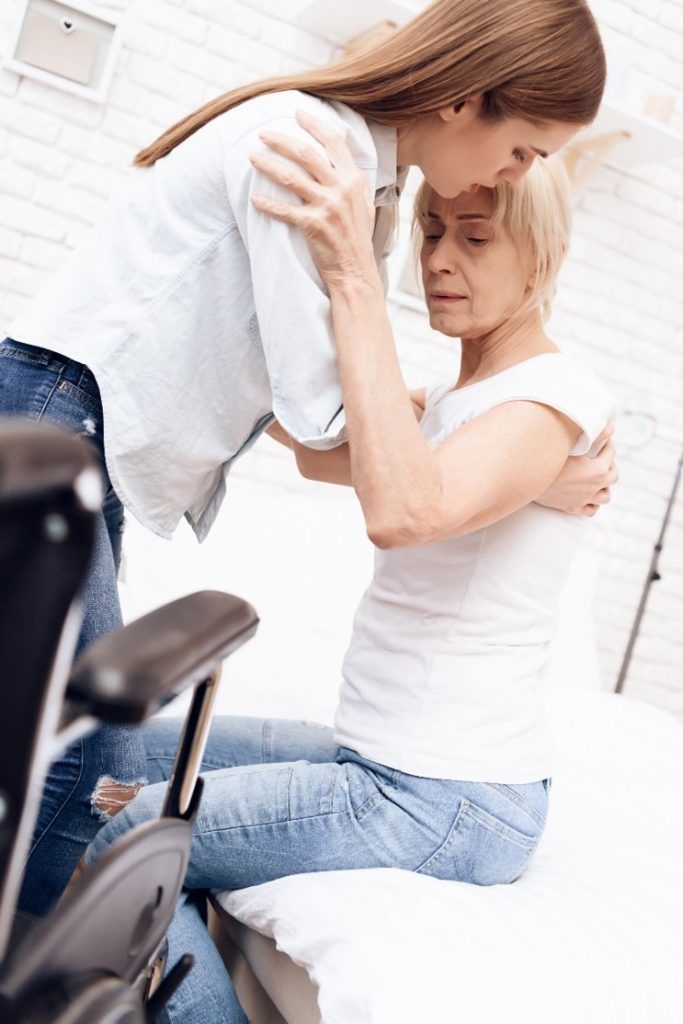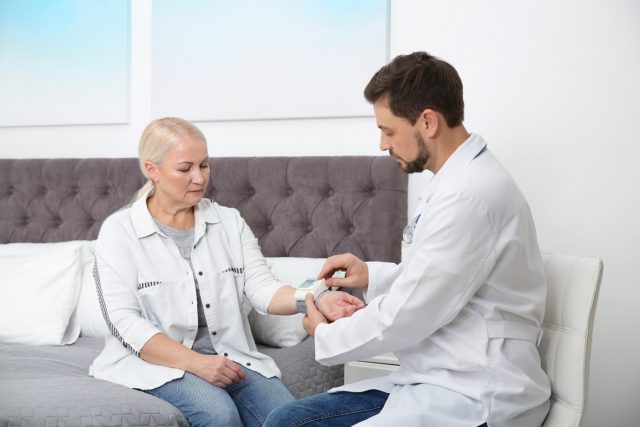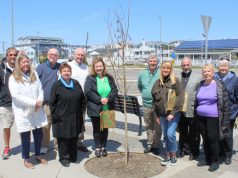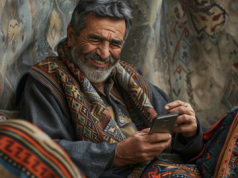Innocent Onwubiko of Successful Aging operates the home health care clinic, providing round-the-clock care for seniors, disabled patients, and those needing short-term, or long-term skilled services. While there is no replacement for a physical home health aide and companion, many HHA companies have implemented technology to assist, monitor and make caring for patients more efficient. In the article below, Innocent Onwubiko of Successful Aging discusses this technology, the devices, and the ways this technology is helping home health aides, family members and patients.
Worldwide, the population of elders in increasing, as life expectancy gets a little higher each year. With more people living well into old age, the demand for elder care rises with it. And the choice of many as they grow old is to do so at home, known as ‘aging in place.’
While retirement homes are still necessary for some, for others the ability to live healthily and with quality care at home is paramount. And their choice is supported by advances in technology that make their senior years not only last longer but remain fulfilling and dignified explains Innocent Onwubiko of Successful Aging.
Therapeutic Devices in the Home
Traditionally, those with chronic illness and complex needs who needed specialized equipment would be admitted to hospital. However, inpatient costs have skyrocketed, and patients are choosing to invest in therapeutic devices once seen only in a hospital setting.
Innocent Onwubiko of Successful Aging says that ventilators and CPAP devices for respiratory issues, dialysis machines for kidney care, and even some medication-administering devices are seen more frequently in homes, reducing the need for hospital admissions. Much of this depends on these items being both more easily accessible, and less difficult to operate than earlier versions.
Active and Passive Technologies Offering Peace of Mind
Therapeutic technologies can be divided into two sections: passive and active. Active technologies include wearables equipped with GPS that alert staff or a family member if an elderly or sick person falls over, or ways that the housebound can remain in contact with the outside world, including online computer access and other interactive technology.
Passive technology is a little different, but it is putting many people’s minds at rest explains Innocent Onwubiko of Successful Aging. Wearables that measure blood pressure, heart rate, oxygen saturation levels, blood sugars, and a whole host of other vitals can now be continually tracked using wearable technology.
 The benefits are twofold: the technology takes the measurement at any hour of the day and logs the results without there having to a nurse present at all times, and this also means that the patient does not have to be disturbed by anyone entering their room and waking them up.
The benefits are twofold: the technology takes the measurement at any hour of the day and logs the results without there having to a nurse present at all times, and this also means that the patient does not have to be disturbed by anyone entering their room and waking them up.
While some may be concerned that this could lead to patients being neglected and lacking in personal contact given that tech does most of the work, such items are still invaluable as many perform several tasks with one wearable item.
Innocent Onwubiko of Successful Aging says that family members or aides who must leave the patient to run errands can also install cameras and voice equipment that link to their cell phones so that if they need to contact the patient, they can see, hear, and converse with them.
Even more fascinating is a new technology known as the Intuition Robot, an AI product that can engage in conversation with a lonely person confined to their home. It can remind them to take medicine, connect them with family members, and deliver news or other items of interest that keep the user feeling part of the wider world.
Healthcare Providers
Modern technology is giving the elderly and infirm more connectivity than ever and, most importantly, more independence when it comes to managing their own care well into their senior years. But this does not mean that healthcare providers are redundant according to Innocent Onwubiko of Successful Aging.
Instead, technology is assisting professionals in alleviating the burden of being overworked and understaffed. Cloud computing means that a nurse or doctor can access any one of several patients aging in place at home, checking the results from wearables that have been uploaded into the system, and even respond to emergencies with more efficiency.
Patients who do not need to be in hospital thanks to home care technology are more likely to have lower anxiety levels and are at minimal risk of infections like MRSA or covid viruses. Healthcare professionals can continue to operate their ‘bedside manner’ by communicating with patients over video appointments, enabling them to look after more patients in a shorter period.
Does Home Technology Benefit Everyone
Technology is advancing at breakneck speed, but the human element remains some people’s priority. Innocent Onwubiko of Successful Aging explains that while there will undoubtedly be those who welcome a world where they can age in place with the help of technology and minimum fuss, there are still those who are rightly concerned about possible isolation.
With an estimated 12 million Americans receiving home health care, technology is being welcomed, but many still benefit from the personal touch that gives them the reassurance that their health is being carefully looked after by qualified, human professionals.








